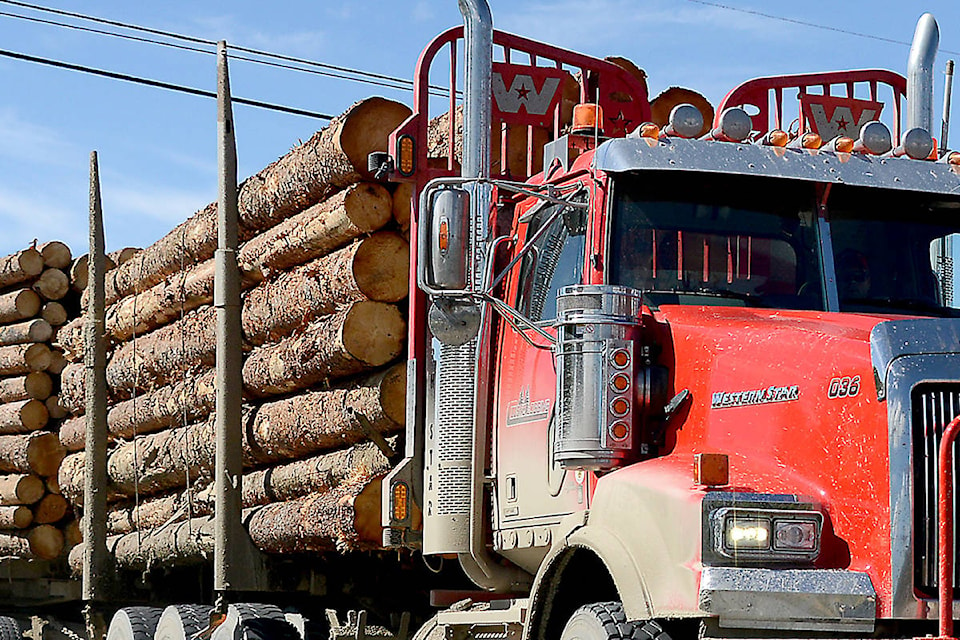Ministry of Forests, Lands, Natural Resource Operations and Rural Development
VICTORIA - In a move to better align harvest practices with the intent of the chief forester’s allowable annual cut decisions, changes are being made to how timber partitions are enforced throughout British Columbia.
When making allowable annual cut (AAC) decisions, the chief forester can specify portions of the harvest attributable to different timber types, geographic areas or types of terrain. Harvest limits to reflect partitions within individual licence agreements can then be set by ministerial order if voluntary compliance with the partition is not achieved.
READ MORE: Area timber supply cut by a third (Vanderhoof Omineca Express, Oct. 11, 2017)
“The chief forester makes use of partitions to protect the sustainability of B.C. timber supply, and we need the necessary tools to fairly enforce those partitions and track how they are working in the field,” said Minister of Forests, Lands, Natural Resource Operations and Rural Development Doug Donaldson.
Changes to the allowable annual cut partition regulation take into account all possible types of AAC partitions. They also establish the ability for the Province to better track and monitor the harvest of partitioned timber under a minister’s order, and improve administrative fairness by allowing the minister to provide licensees relief from penalty in circumstances beyond the licence holder’s control - such as catastrophic natural events.
With these changes, the minister may now require that a licensee make assessments of partitioned timber to better track and monitor that licensee’s harvest of the partitioned timber. As well, the minister may now specifically reduce the share of partitioned timber going forward for any licensee that has overharvested partitioned timber in the past.
This provides a strong disincentive for partition overharvest, and helps ensure sustainable management of fibre supplies when licensees fail to voluntarily abide by the chief forester’s partitions.
